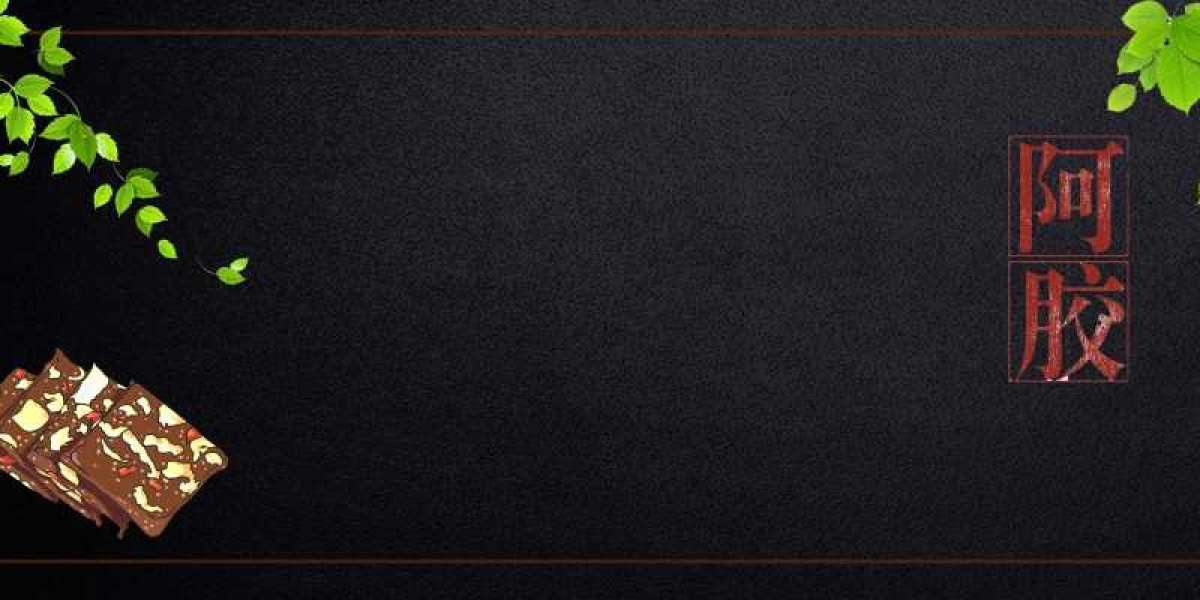The creative workplace constantly changes. According to the authors of The Runaway Species, the nature of the change is less important than the fact that something changes. Constant transformations break up cognitive ossification.
MITs Building 20 was a plywood palace put up during World War Two steel shortages and never knocked down. It became known as the magical incubator as diverse and varied ideas, from particle accelerators to Chomskys theories of language, were all hatched there.
It reminds me of the story of the annex of Glasgow School of Art that was once an old girls school and became home to David Hardings environmental art course in the 1980s. The building became a base for an astonishing array of future Turner Prize winning talent, including Martin Boyce, Douglas Gordon, Simon Starling and Richard Wright. According to the Imagine documentary, The Grit and the Glamour, students were free to work there night and day, coming and going as they pleased.
My old agency, St Lukes, was originally based in what had once been a toffee factory. The industrial space was ever-changing, with rooms constantly being pulled down and moved around, theres was collaborative space, private space and properly kitted out meeting spaces and edit suites. It was part playroom, part creative studio, part business space. The changes kept the ideas flowing and the design kept the people flowing as no-one had a desk of their own. The best conversations came from chance encounters in corridors and the best ideas popped into heads seconds after a very competitive game of ping pong.
St Lukes moved and the office became one of those new features in big city corporate life the offsite meeting space. People still go there for an inspiring alternative to their office but, with its tasteful design and limited opening hours, it no longer has the anarchy of the original.
In MITs Building 20 if you wanted to knock down a wall you didnt ask permission, you just did it. In the Glasgow girls school annexe, the students had the run of the place and St Lukes was owned by all the staff, who did exactly what they wanted, especially with the building.
Theres currently a shift in creative agency culture away from the office altogether. A combination of property prices, fee-squeeze at agencies, the freedoms of the gig economy and networks are behind this. New agencies hire desks and, as they grow, show a marked reluctance to take on the overheads of their own building. Other companies call themselves collectives and are amorphous networks of freelances. One recruitment consultant I met recently envisioned a cloud-like resource pool of creative people that potentially eradicated the need for an agency at all.
Maybe the office of the future will be more like studios in the music industry places where people come together to work together and make things before moving on. Like studios, they will compete on quality of facilities, location and creative space. Unlike the corporate break out spaces of today, we need to have the potential for a bit more anarchy.








